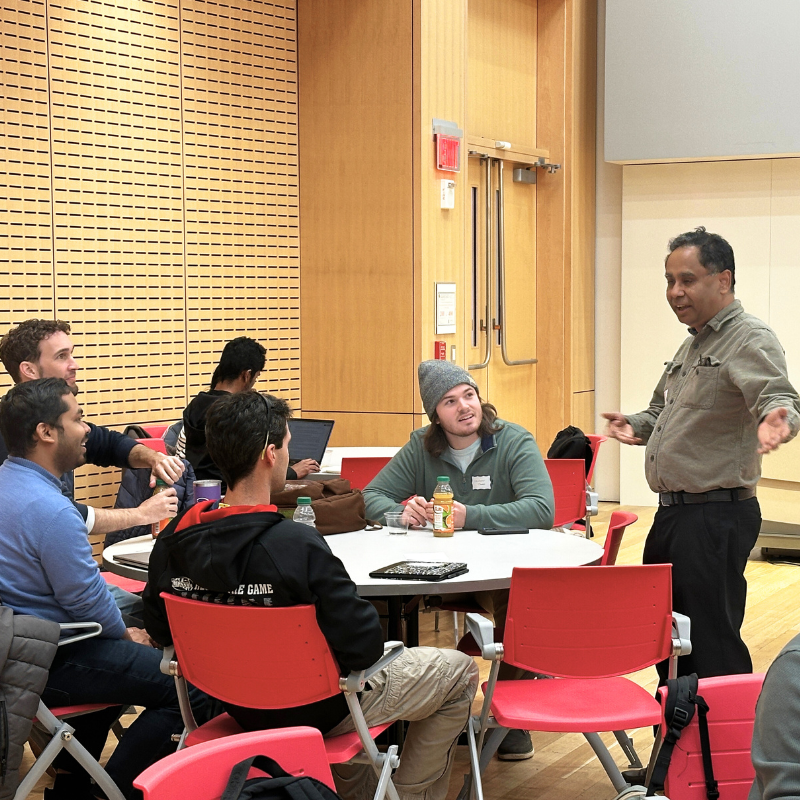News Story
Liu Featured in IEEE Institute for Innovative Cancer Research

Prof. K. J. Ray Liu
Liu spoke last year about his breakthrough research at an IEEE 125th anniversary event, which showcased Prof. Liu as one of seven researchers developing "world-changing" technologies.
“There is a paradigm shift in cancer diagnosis under way, from a completely biological process to engineering a digital world,” Liu said at the IEEE 125th anniversary event in New York City. “We are seeing the dawn of a digital revolution in cancer diagnosis at the gene and protein level by using digital signal processing.”
As cancer develops in the human body, cancerous cells release unique proteins and other molecules that can serve as early indicators. Identifying protein biomarkers for cancer offers much potential for early cancer detection, diagnosis, and treatment. Liu’s microarray technology interprets the biological information contained in DNA into an expression of data that can be read by a computer. Liu and his research team created models to classify normal and cancerous samples, and have used this model-driven approach to discover the relationship between the global gene expression profile and a subject’s health. According to Liu, this could lead to the ability to predict cancer development in the lungs, stomach, colon, prostate, and ovaries with an accuracy rate as high as 98 percent.
“Nowadays a doctor can tell you, for example, what your cholesterol level is and express it by a number,” Liu said. “Hopefully, through our work, one day a doctor will be able to give you a number related to cancer—whether the number is within a normal range, whether the number shows cells are transitioning to the cancerous stage and preventative treatment is needed, or whether the number is high and you need to watch for cancer developing in, say, your liver or breast.”
Liu says he hopes that in the next 5 to 10 years “digital testing for cancer can supplement the traditional biological testing to offer a reliable second opinion, improve cancer detection accuracy rates, and reduce false alarms.”
To read the entire article, visit the IEEE Institute website.
Available monthly as a Web publication, the IEEE Institute is mailed quarterly to all members of IEEE, the world's leading professional association for the advancement of technology. For more information, visit: http://www.theinstitute.ieee.org/.
Published December 9, 2009









